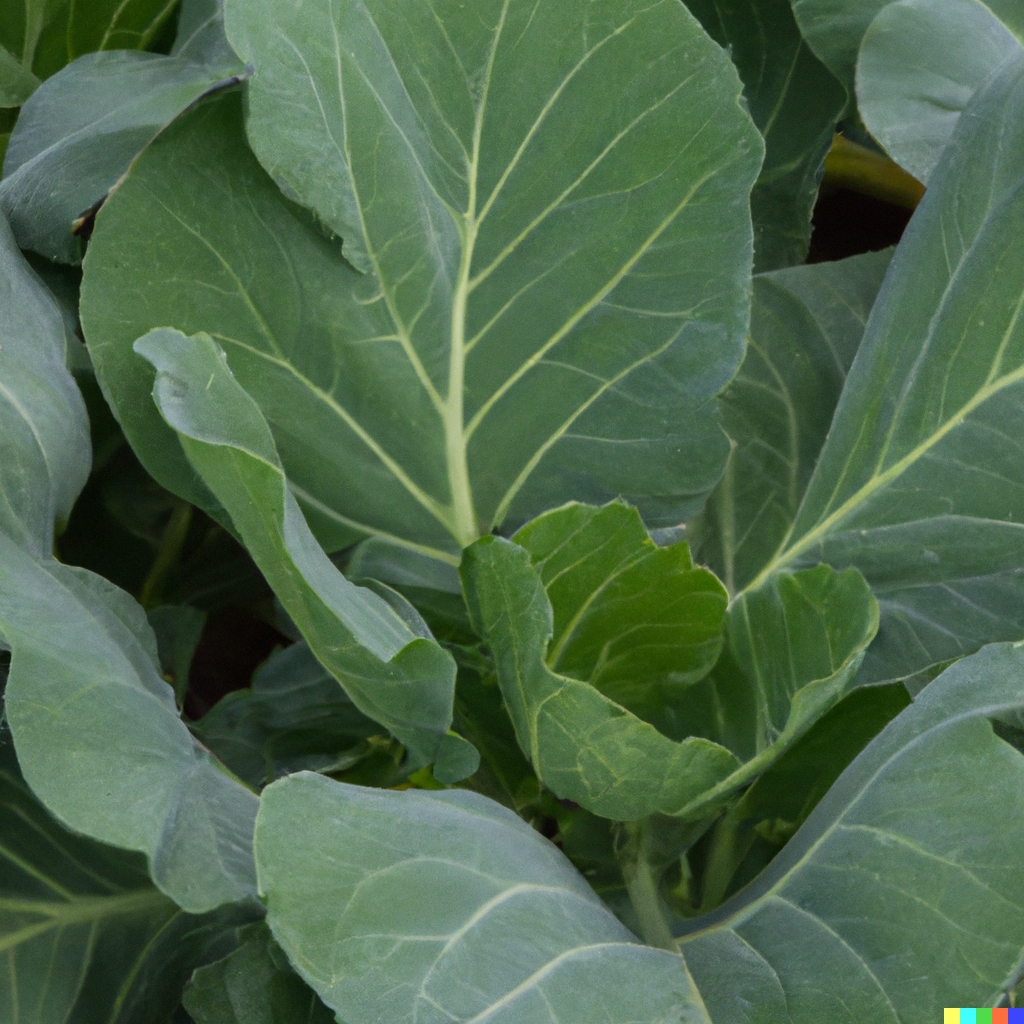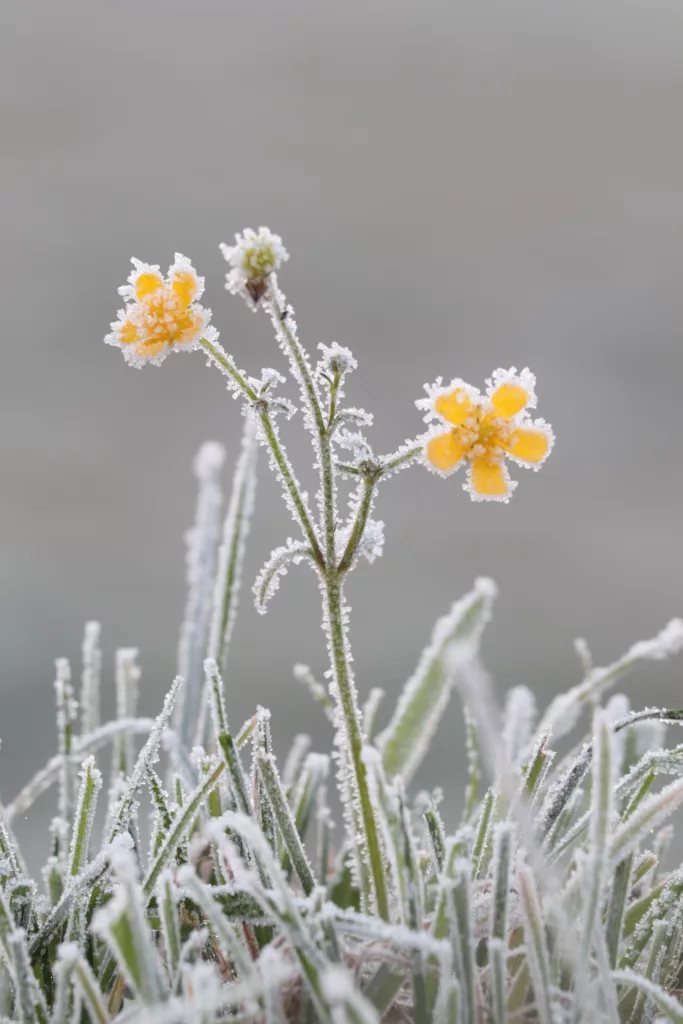Brassica oleracea
History:
Like Kale, Collard-like plants were referenced as early as the 9th century in Greek literature. Collards and Kale are possibly the first cultivated brassicas.
Seeding:
Seed indoors in late July or by early August. Seed ½ inch or so deep. Germination usually occurs in 5-10 days. Begin hardening off roughly 10-14 days before transplanting outside. Transplant outside in September once 2-4 true leaves have appeared.
Direct seeding outside is also recommended and can be done in March for a spring crop and mid to late August for a fall crop. Seed thinly and let the seedlings grow until the leaves are a good size for salad greens. At this point, thin to 10” – 12” apart.
Spacing:
10” – 12”
Cultivation:
Collards are light feeders, but do noticeably well in fertile, well drained soil. It is a resilient plant that can be harvested well into the winter. Able to withstand temperatures into the teens, Collards offer an excellent choice for a fall/winter garden. Collards thrive in summer heat making it one of the most versatile plants available to the home gardener. Leaf mulch is a great way to amend the soil both before planting and around the established plants, particularly for kale and other brassicas.
Pests:
The cabbage worm, which is the larva of the beautiful White Cabbage Butterfly, is a pest that you will sometimes find on Collards. Pick these worms off mechanically or you can use a bacterial pathogen, Bacillus thuringiensis. This is a control method that is safe and offers excellent control of the worm. It is sold under several brand names.
Harvest:
A single Collard plant will produce several harvests throughout the season. When harvesting, pick the leaves from the bottom and allow the newer leaves to continue to grow for the next harvest period. By picking regularly, you will ensure a longer cropping period and have plenty of tender, tasty leaves to eat on throughout the season. Collards, unlike Kale, thrive in the hot summers and can also be harvested throughout the winter.


